We offers a diverse range of metals for CNC machining, with applications in a variety of industries. Ideal for one-off prototypes as well as end-use custom parts.
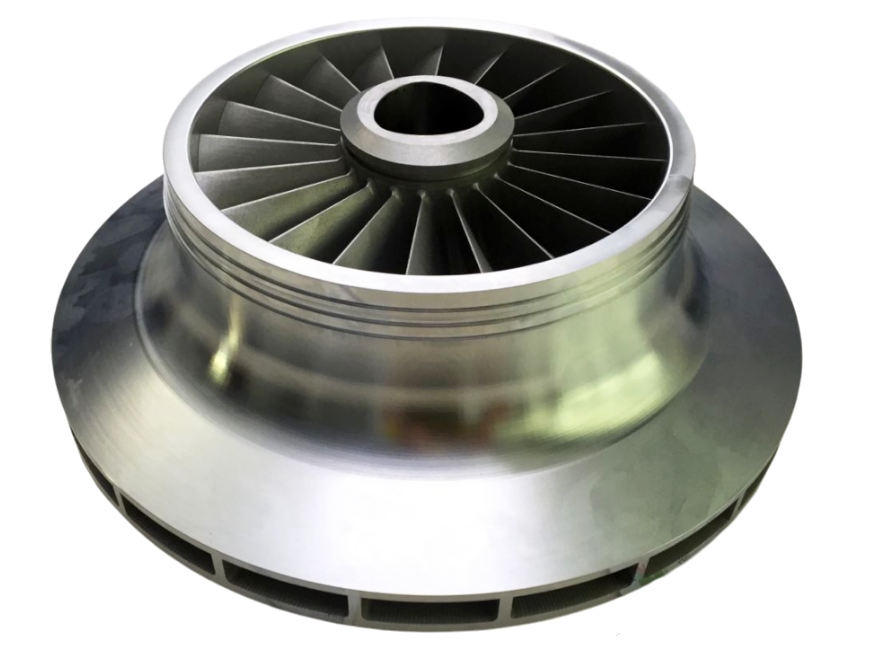
Choosing the proper metal for CNC machining involves considering some factors. The metal you select is critical to the final success. For example, the metal may need to be resistant to high temperatures or bend or break under pressure. When choosing the correct metal, corrosion resistance, workability, pricing, weight, and visual look all play a role.
High machinability + Good strength-to-weight ratio
Good machinability + High tensile strength + Corrosion resistant
Good machinability + Excellent electrical conductivity + Low friction + Golden appearance
Good machinability + High tensile strength + Good ductility and weldability
Good machinability + Excellent thermal and electrical conductivity
Excellent strength to weight ratio + Corrosion resistant
Lightweight + High Strength-to-Weight Ratio + Good Thermal Conductivity + Biocompatibility
High Strength and Durability + Excellent Heat and Corrosion Resistance
Besides, aluminum has high machinability, allowing the manufacture of parts cheaply and quickly. There are different grades of aluminum used in CNC machining. These include:
AL6061-T6 is the most widely used aluminum grade in CNC machining. It is an economical grade with excellent machinability, workability, and atmospheric resistance. On the downside, this grade of aluminum has low resistance to salt water and chemical.
The 6061-T6 grade is ideal for machining construction materials, aerospace components, and transportation equipment.
Al7075-T6 is a high-grade metal with excellent strength, making it an ideal choice for CNC machined parts in industries like automobiles and aerospace. Its ductility, toughness, and fatigue resistance make Al7075 suitable for manufacturing high-stress structural components.
This is the aluminum grade commonly used for machining. Of all the 6000 series, the 6082 has the highest strength, even stronger than the 6061.
Its strength is due to its large amount of manganese, which controls its grain structure. The 6082 has excellent corrosion resistance making it ideal for use in the aerospace and defense industry.

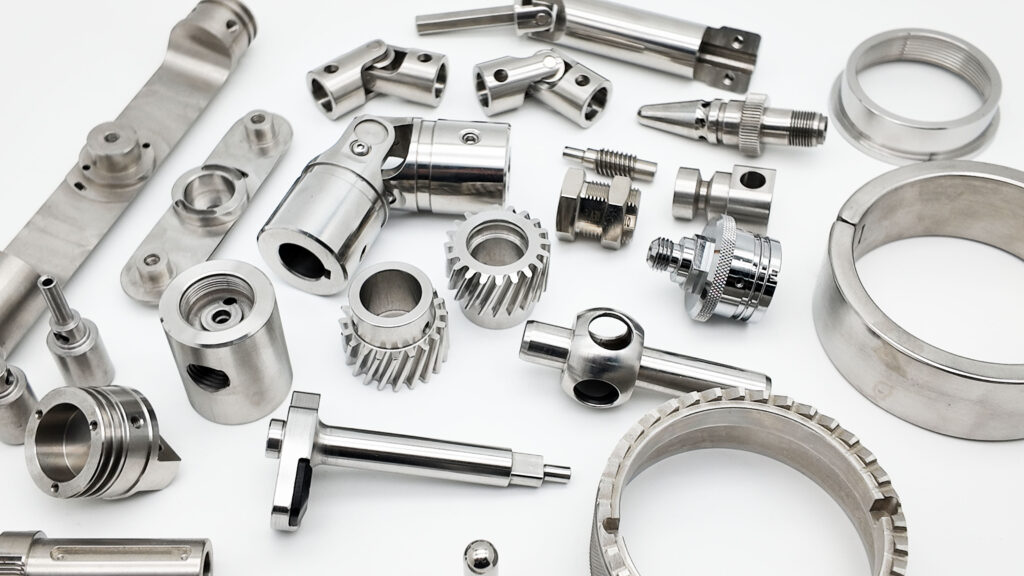
Although not as highly machinable as aluminum, stainless steel still has good machinability. It also has an affordable CNC machining cost, making it a good alternative for machining components or parts.
There are different grades of stainless steel material ideal for CNC machining, but the common ones include the following:
Besides, aluminum has high machinability, allowing the manufacture of parts cheaply and quickly. There are different grades of aluminum used in CNC machining. These include:
This is one of the most common stainless steel grades used for machining. It has good formability and weldability.
It has applications in milling a wide range of kitchen utensils and appliances. Also, SS304 has applications in manufacturing pipes and machinery for food handling.
The SS303 grade of stainless steel has excellent corrosion resistance and durability. These properties make SS303 ideal for the metal fabrication of gears, shafts, bushings, nuts and bolts, and aircraft fittings.
The 303 stainless steel grade contains 17% chromium, 8% nickel, and 0.15% sulfur. However, this sulfur content makes it impossible to harden this metal through heat treatment.
The SS316 grade of stainless steel has incredible corrosion resistance and strength. This corrosion resistance is due to its 2% to 3% molybdenum content asides from its chromium and nickel content.
The high strength of SS316 gives it specialized use in both aerospace and medical implants.
Brass is a metal alloy made from a combination of copper and zinc. Consequently, it has a high degree of machinability and tensile strength. It also has excellent thermal and electrical conductivity.
Brass also has a natural resistance to saltwater corrosion and retains its properties even at low temperatures. Being highly workable, this metal can achieve a high and aesthetically pleasing polish.
On the downside, however, brass has medium hardness and is quite expensive, raising the cost of machining. Brass is ideal for making electrical, plumbing systems, automotive, musical instruments, and medical products.
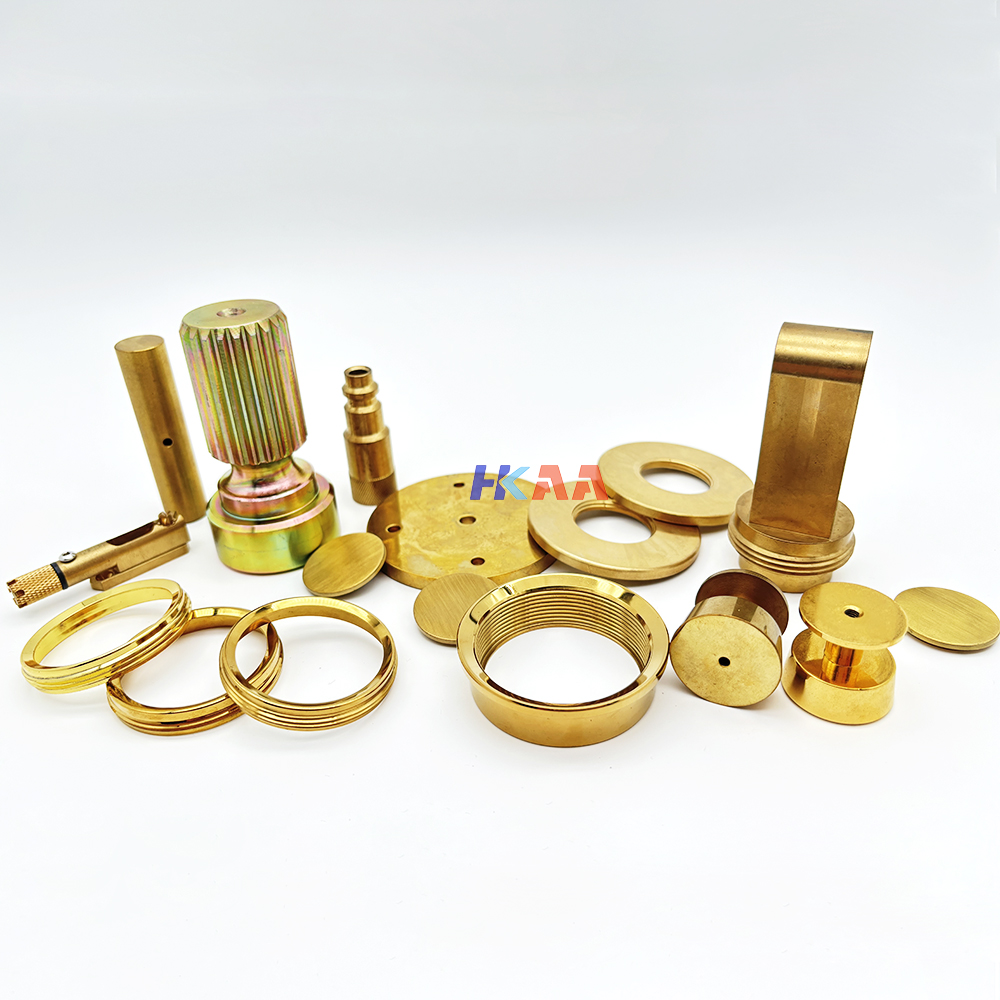
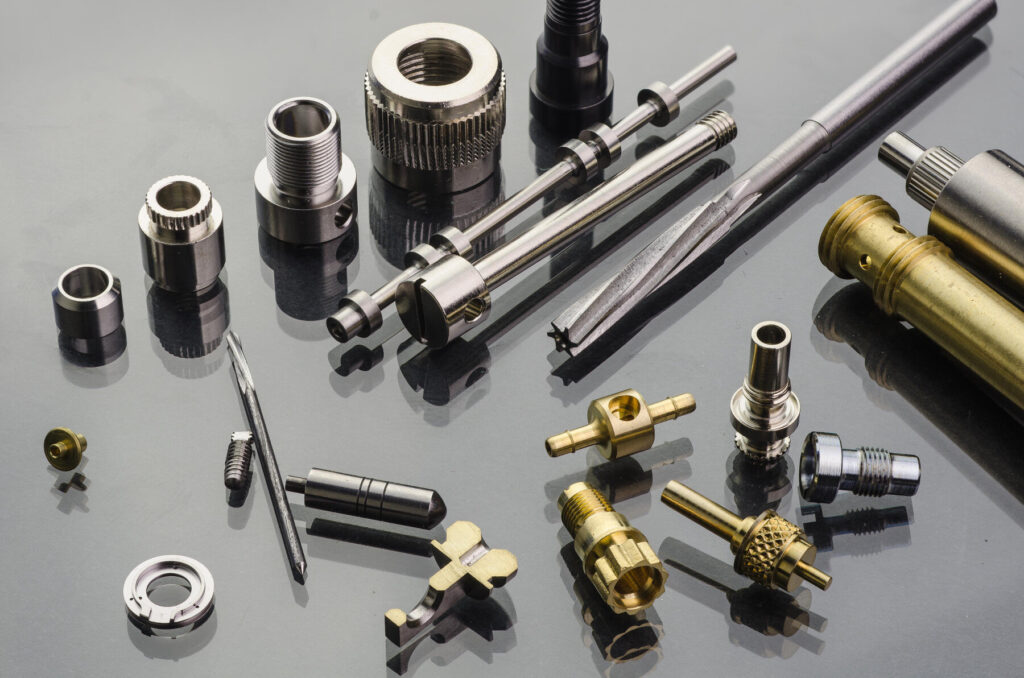
Titanium is one metal that has an excellent strength-to-weight ratio, as well as temperature and chemical resistance. Its high strength and biocompatibility make it ideal for making medical devices. Other applications of this metal are in the aerospace and high-end automotive industry.
However, titanium raw material is costly, making it an expensive metal to machine.
The high thermal conductivity and the mechanical properties of magnesium make it one of the easiest materials for metal CNC machines. It is also a lightweight metal, about 35% lighter than aluminum, making it ideal for use in the automotive and aerospace industries.
However, there are risks to CNC milling magnesium, which include fire hazards as this material can burn underwater, nitrogen, and even CO2.
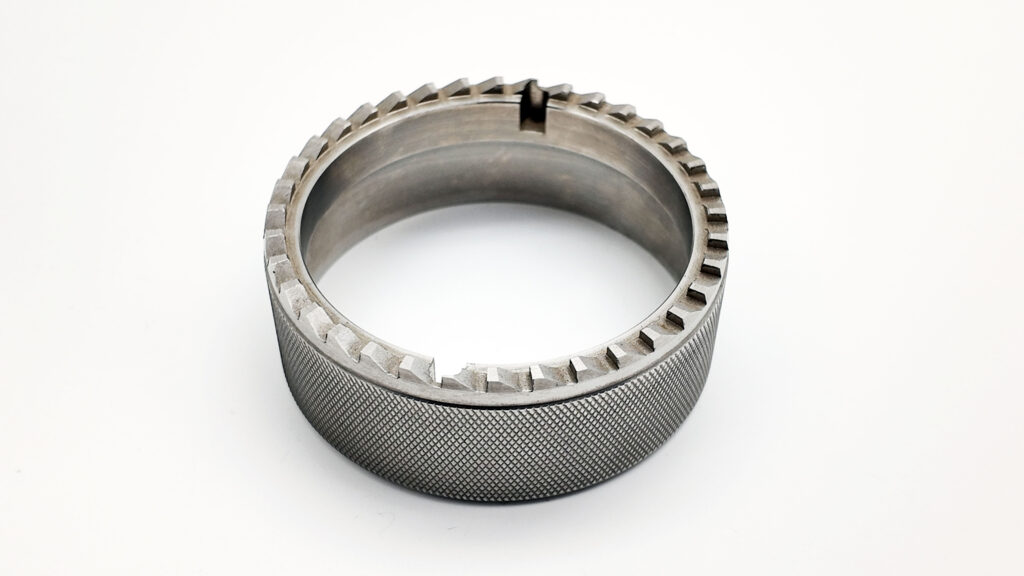
Choosing the right material goes a long way to determining the cost and function of the final product. With the right material, it becomes possible to balance, use, cost, and machinability. Here are some factors to consider when choosing a material for CNC machining;
The type of metal chosen often determines the time spent machining it. Selecting a metal with low machinability would extend the CNC machining time considerably, as opposed to selecting a metal like aluminum with its high precision machinability. Furthermore, the longer the time spent machining, the more expensive the manufacturing process becomes. Another factor that determines machining time is the complexity of the parts. A CNC machine would spend more time machining a complex part than a simple part, which also increases CNC machining costs.
The proposed use of CNC machined parts is another factor that would determine the choice of metal. For instance, when making parts that would experience heavy stress and loading, a metal with high strength, like steel alloy, is better than copper. On the other hand, where the final product should have strength similar to steel but without its weight, like in the manufacturing of aircraft, then titanium might be ideal. Additionally, the environment in which the part would operate is another factor that should determine the metal used for making the part.
The type of metal selected also determines the finishing and post-processing of the machined parts. For instance, soft metals or hard metals with low machinability often have tooling marks and burs, which finishing and post-processing help remove. Although finishing and post-processing improve the appearance of a metal part, it also raises the cost of machining significantly. However, knowing the finishing and post-processing required makes it easier to choose the right metal for part metal fabrication. In most cases, it will be a metal with high manufacturability if a high-quality surface finish is important.
There is no fixed cost for metal CNC machining, but there are ways to reduce CNC machining costs. The cost depends on many factors, including metal fabricators and the attributes of your project, such as tighter tolerances and computer-aided design complexity.
Metal machining refers to the fabrication of metal parts or products by CNC metal machines. It is a controlled subtractive manufacturing process for cutting raw materials into a desired final size and shape. It involves milling machines, lathes, drill presses, and other CNC machines.
You can make various metal parts and products like bolts, nuts, and parts for the automotive, aerospace, and defense industries. With CNC machines, you can also make metal art through etching, engraving, or carving metals.